Collaboration¶
Sharing translation memory and term¶
The BasicCAT’s server program is needed to setup a translation memory and term sharing service. The program is available in the BasicCAT’s download page.
Relevant settings are needed on the client side.
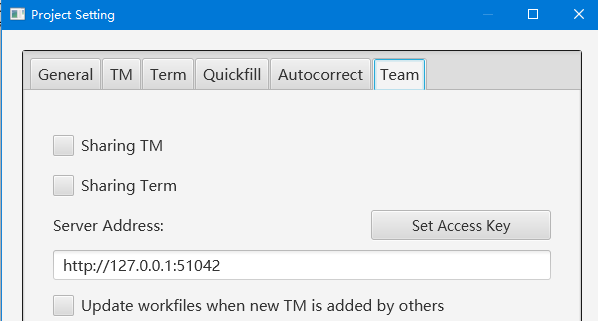
How to run the server program (requires java8+):
$ nohup java -jar CloudKVS_Server.jar &
You can modify the key.txt in program’s folder to setup an access key. The key can be any one-line text.
Using Git to collaborate¶
BasicCAT can build a local git repository and upload it to a remote repository when the remote uri and account info are set. When requesting a git push, the program will fetch the latest changes and update local files. Then new changes in the local repo will be uploaded. BasicCAT automatically resolves conflicts according to the creation time of segment’s translation. You will almost encounter no conflicts.
You need to set the remote uri in the project settings and choose whether to upload the changes to the remote everytime you perform a save operation. You need to setup git accounts in preference settings first.
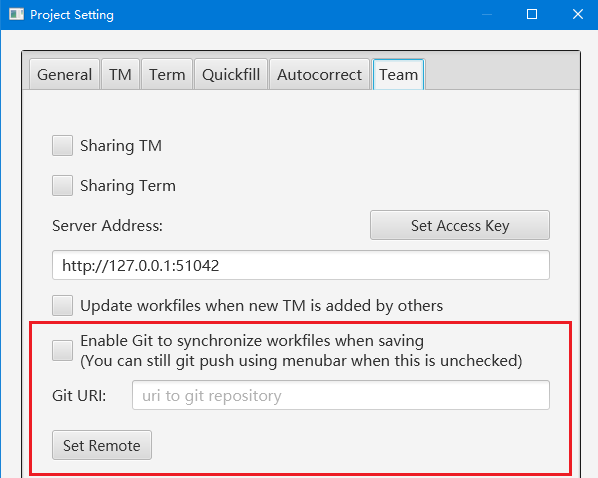
You can also use the menu to manually do git actions.
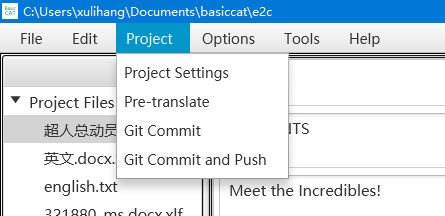
Collaboration using git will not sync translation memory and terms. It only syncs work files.
Using GitHub¶
GitHub is a popular Git hosting platform. We can collaborate upon it.
First, create an empty repository.

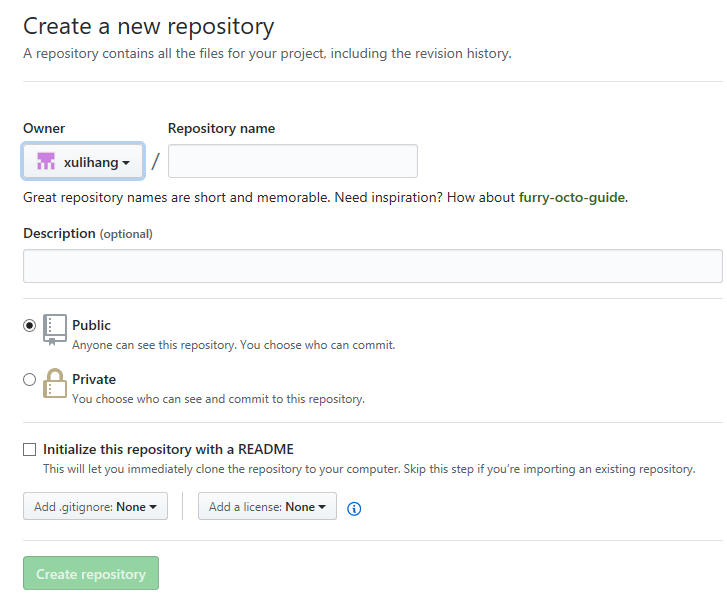
Will see this setting page:

Use BasicCAT to open a project and set the remote repository.

Then, you can package the project to other translators.
Other translators need to have their own GitHub account and be authorized push permission to the repository.
In the settings of the repository, click Collaborators on the left and add other translators’ GitHub account.
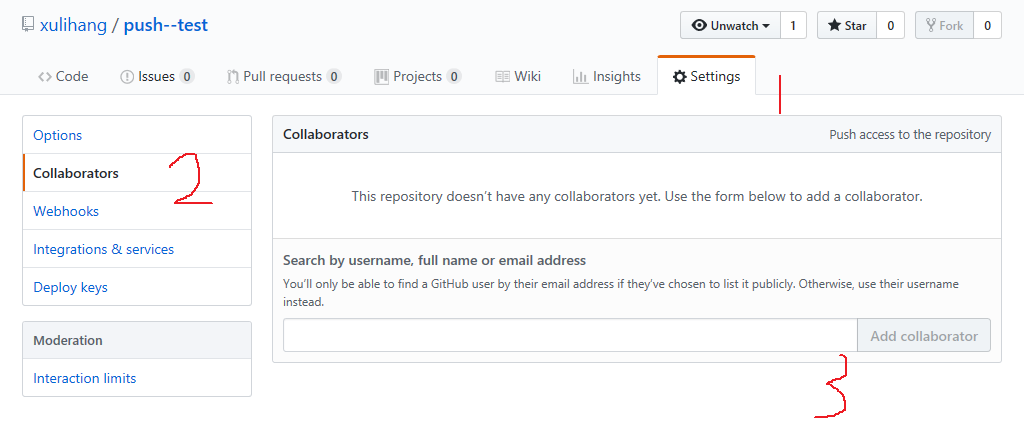
See the GitHub Help to learn more.